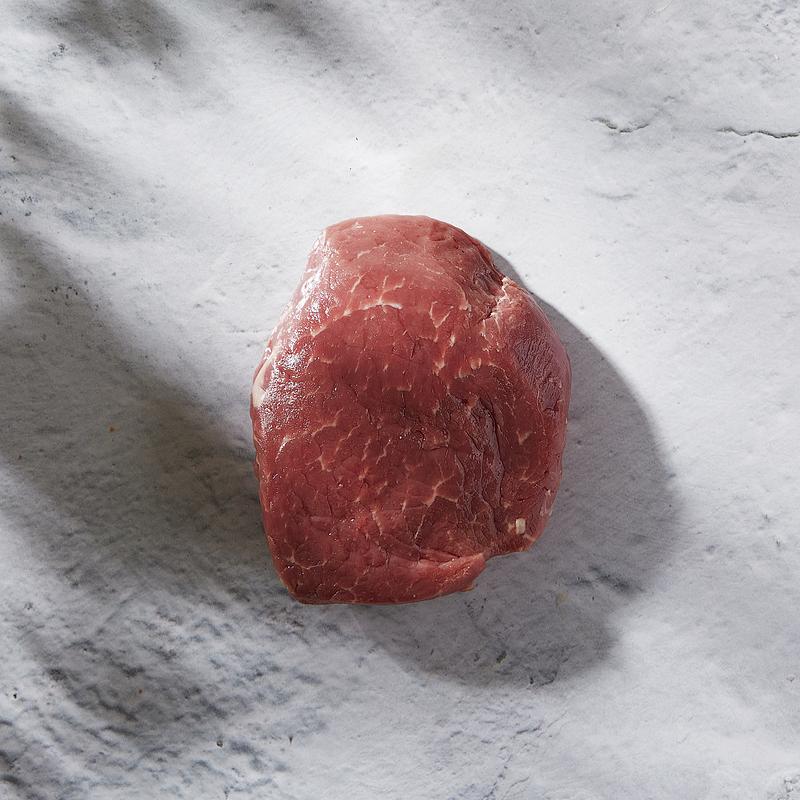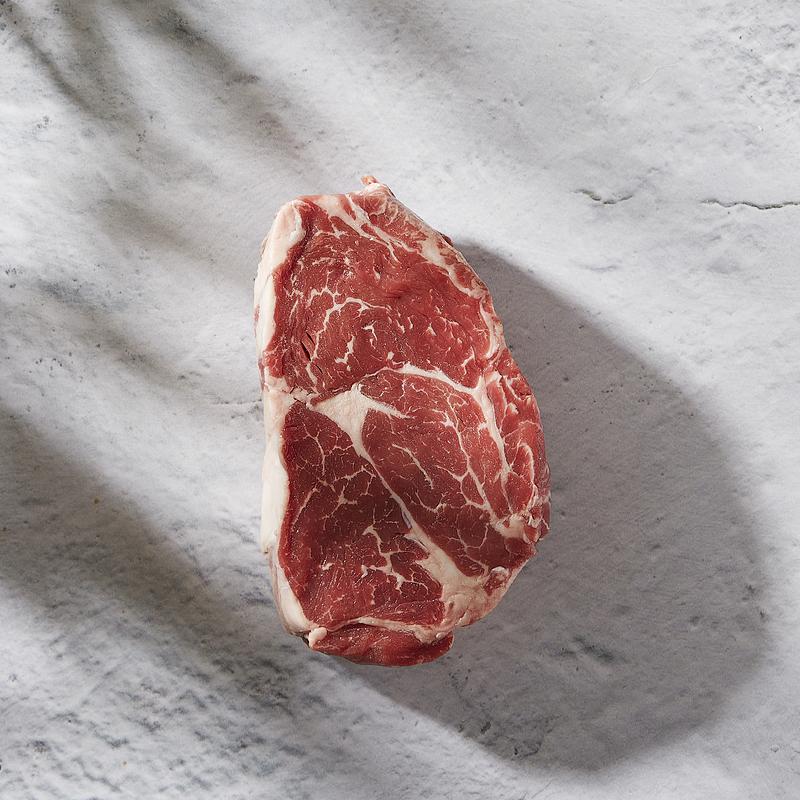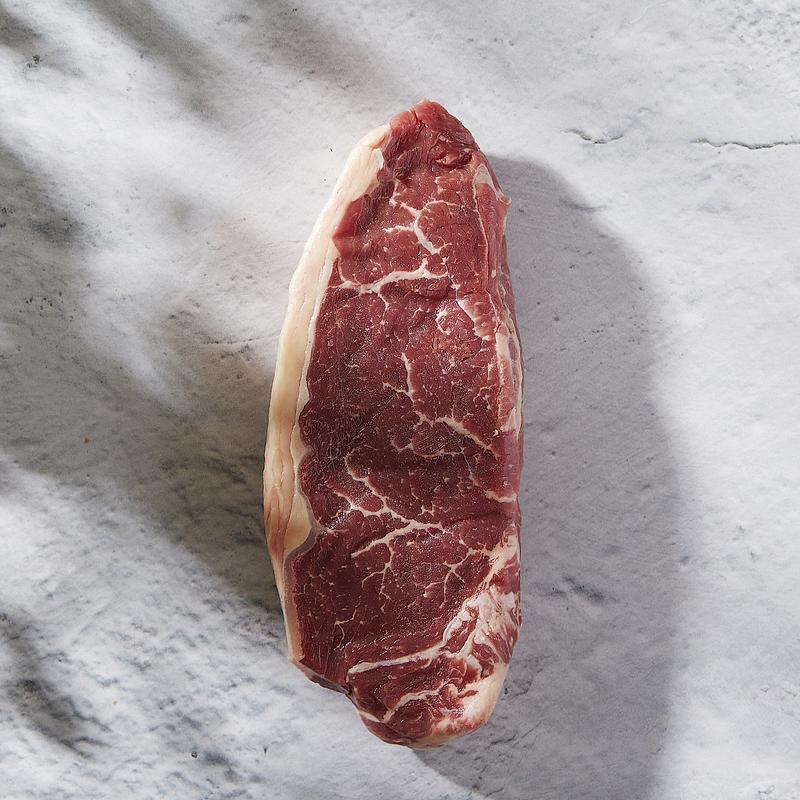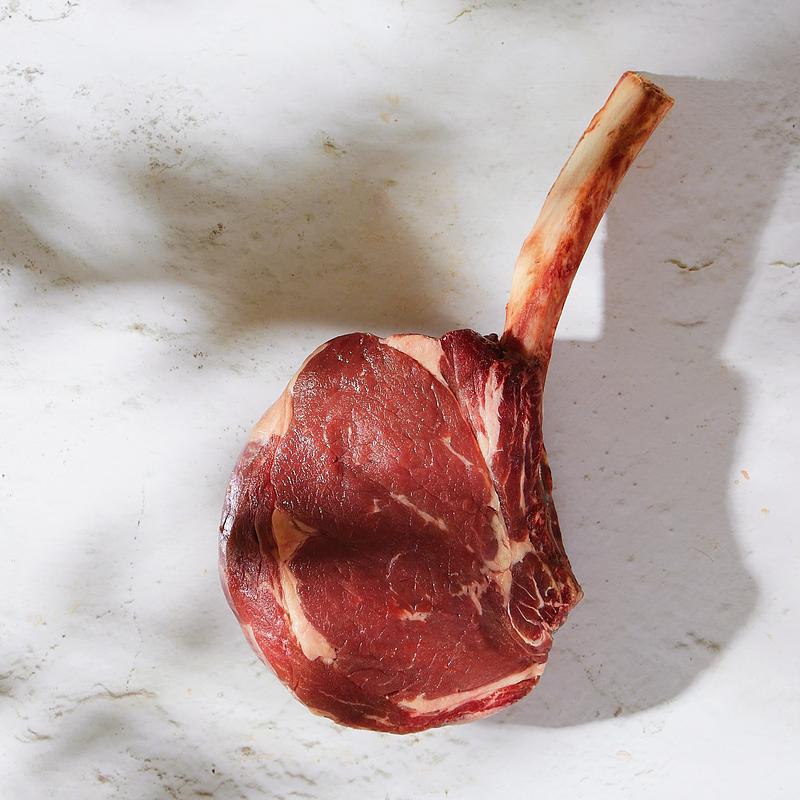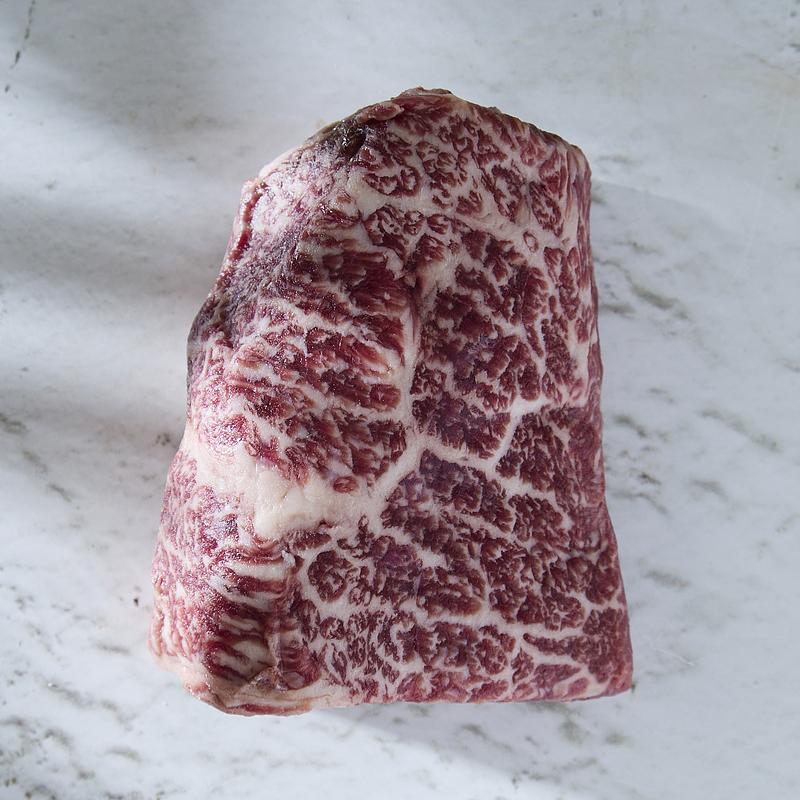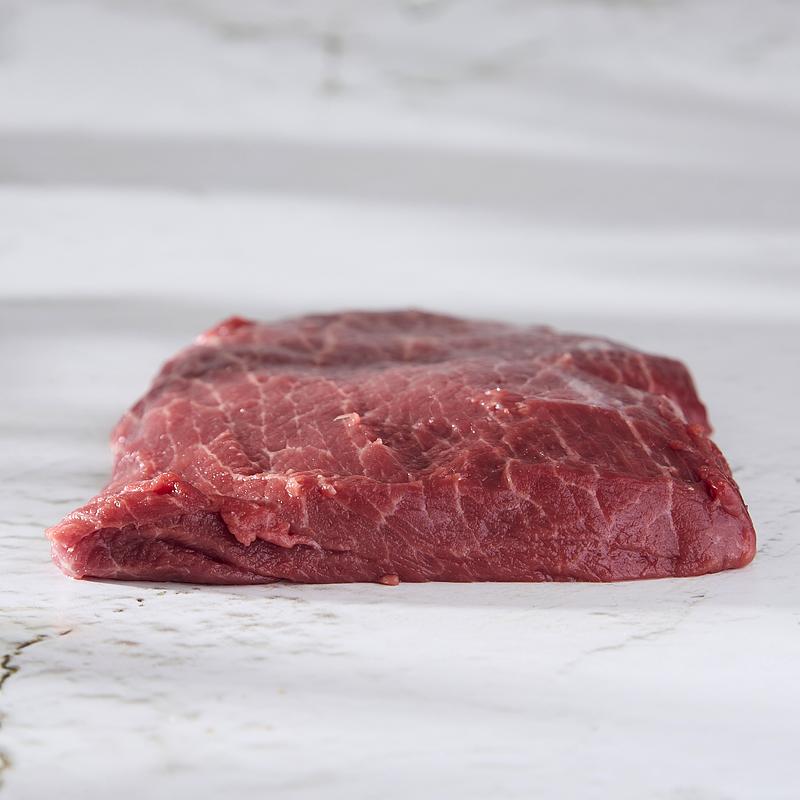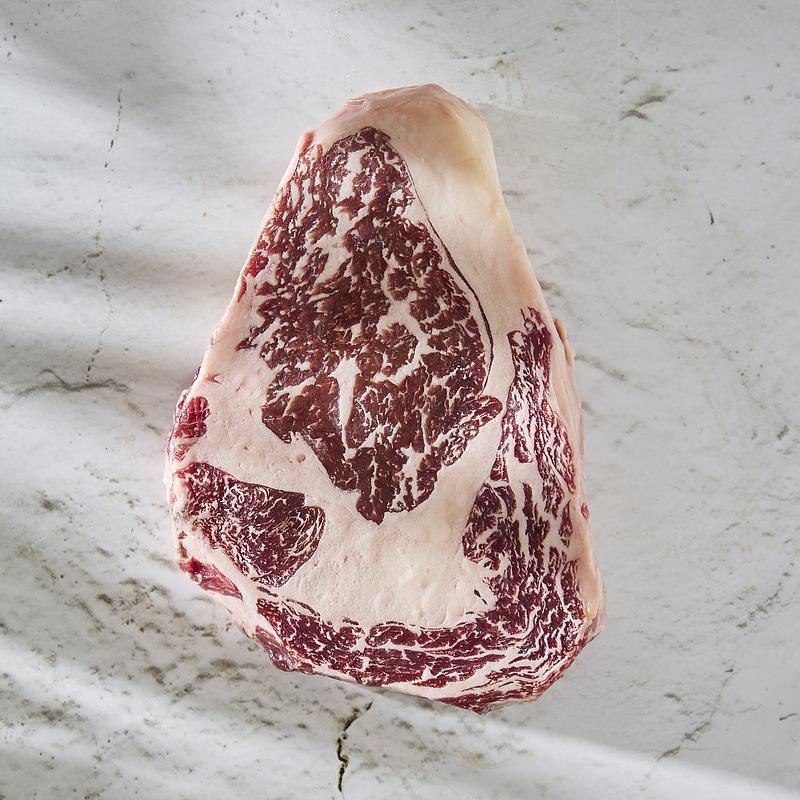Grass-Fed Wagyu Denver Steak
Wagyu Denver Steaks are an incredibly exceptional cut. Their flavour, marbling, and tenderness make them very distinct in flavour and texture. The Denver cut comes from the chuck primal, the area just below the shoulder blade.
Texture
When it comes to all Wagyu you can expect a more decadent experience due to the superior marbling that comes with Wagyu beef. The high level of marbling results in a melt-in-your-mouth tenderness. The extra fat additionally enhances the juiciness, providing a succulent flavour in each bite.
How to Cook
Take the steak out of the refrigerator 30 minutes or more before cooking to bring it to room temperature to ensure it cooks evenly. Pat dry with paper towels, then coat generously with salt and pepper. Make sure your skillet is preheated to a high temperature then sear for 2-3 minutes per side for medium rare. Then transfer the steak to a preheated oven at 375°F (190°C) for an additional 3-5 minutes. For different levels of doneness follow the below searing time. Wagyu tends to cook faster than traditional steaks so monitor the cooking process closely to avoid overcooking.
Rare: 2-3 minutes
Medium Rare: 3-4 minutes
Medium: 4-5 minutes
Medium Well: 5-6 minutes
Well Done: 6 minutes or more
